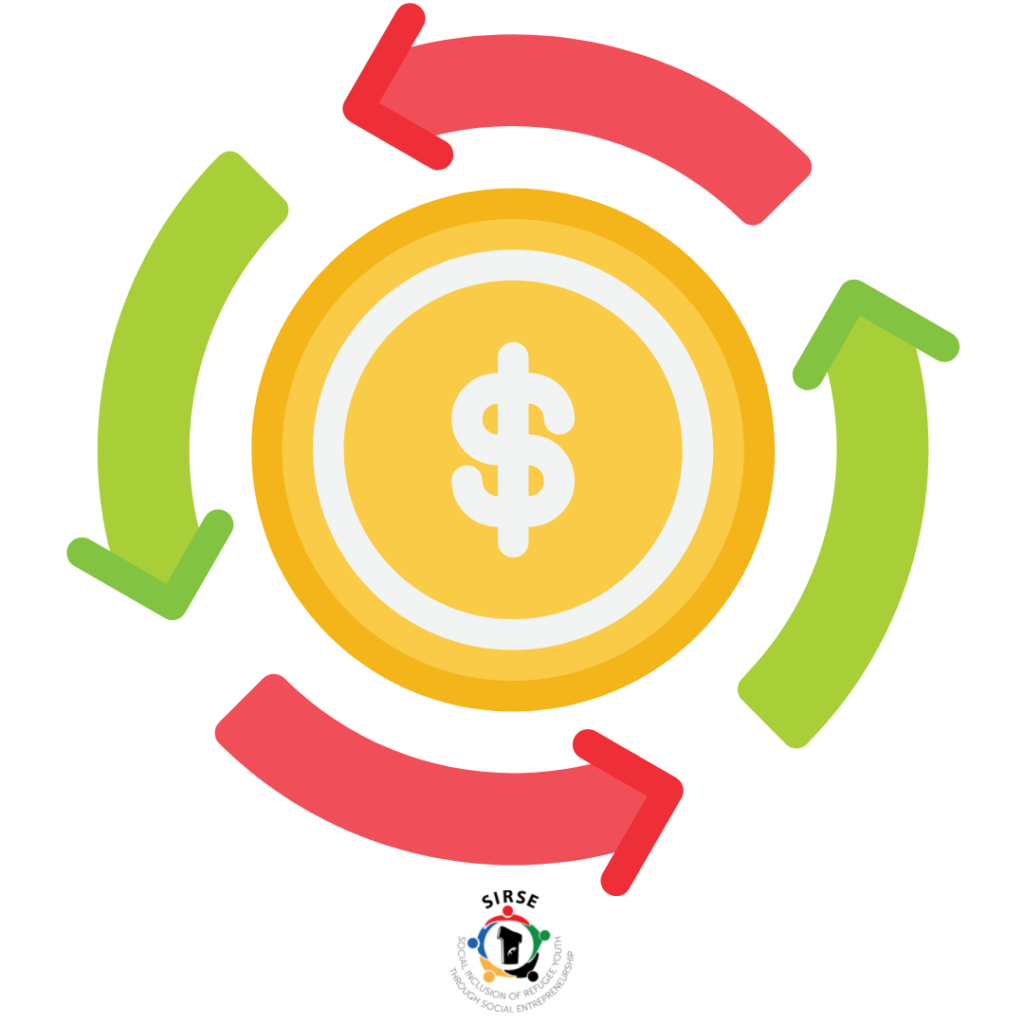A cash flow forecast is a financial planning tool that provides information about expected income and expenses of an enterprise for a specified period showing whether it has cash surplus or shortfall. If your financial situation is not strong and if you do not forecast your cash flow then your business may fail at some point where you may need excessive cash for your business. The cash flow forecast helps businesses with showing how much cash is needed and when it will be needed as well as providing a clear financial picture of your business. You can easily make decisions for future investments or buyouts by looking at your cash flow situation.
Entrepreneurs need to prepare a cash flow forecast during the preparation of their Business Plan. It will be estimated projections at the start-up phase. In the following years you can make better forecasts based on historical data produced in your business.
Forecasts can only be guesses and thus it is better for you to prepare worst case (pessimistic scenario), best case (optimistic scenario) and realistic scenarios. You can use the worst- case scenario to check whether your business can survive and use the best-case scenarios to maximize your profit.
You can use “Cash Flow Forecast Year 1” table provided below for your cash flow forecast for the first year. Your cash flow forecast is split into two parts, income and expenses.
You should estimate the income to be received each month from sales, grants and loans. Include also your capital invested for your business. Be careful about the timing of these income. For example, you month 2 sales may generate income in month 3 or 4 based on your sales terms. If you sum up all these income for each month then you can see monthly incoming cash to your business in the total income row.
Start estimating cash to be spent in the expenses part and consider the timing of the payments correctly. For example, sales in month 6 may have generated materials/components cost in month 4. You will have the total expenditure row showing your monthly expenses or cash flowing out for each month.
You need to consider seasonal fluctuations, events, regulatory changes as in the sales forecast which may affect your cash flow as well. For example, if you have indicated in your sales forecast that you expect figures to be high in Christmas holiday period then you must consider any associated increase in materials/components purchases or increased personnel costs due overtime.
After completing the income and expenditure parts in cash flow forecast table for the first year you will be in a position to see the monthly totals for:
Total income i.e., the sum of all the income received for each month
Total expenses i.e., the sum of all expenditure incurred for each month
The net cash flow i.e., the difference between your total income and total expenses
The opening balance each month
The closing balance each month
